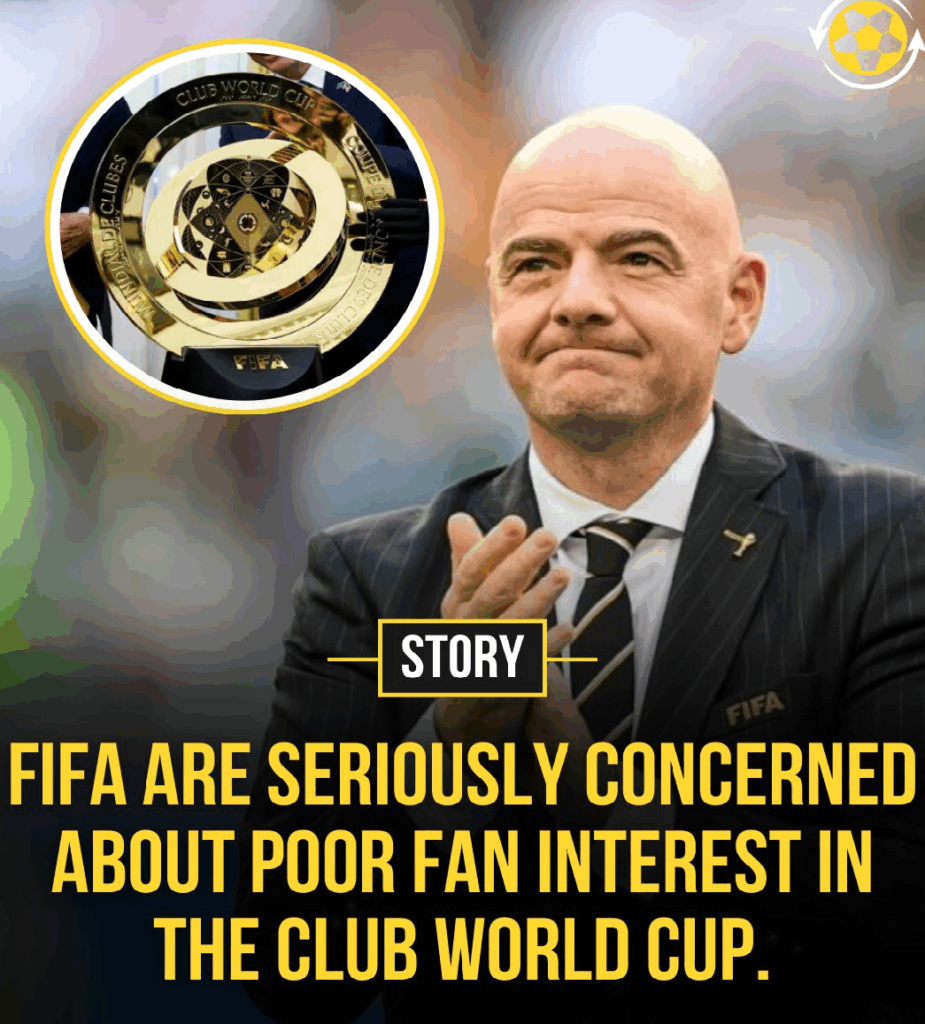Why does the Club World Cup exist?
There are two common answers to that question, and although they come from opposite sides of a roiling debate on the Club World Cup , at their core, they are actually quite similar.
One is money.
The other is that the Club World Cup, as FIFA likes to say, will help “make football truly global.”
One is cynical, the other noble. One despises the tournament, the other adores it. But they are both correct, because everything in modern soccer is about money; and money is the most powerful tool FIFA has in its effort to challenge a Eurocentric establishment that dominates the global game, and profits massively from it.
FIFA is soccer’s global governing body. It has 211 members, spanning every corner of Earth. It supports those members, the national soccer federations that govern the sport country by country. Part of its mission, then, is to generate revenue, which it can distribute to those 211 federations; or invest in programs that develop the sport.
So it believes — or, at least, its president, Gianni Infantino, seems to believe — that it should be the richest football organization on the planet.
And yet, from 2019 to 2022, FIFA made $7.6 billion. UEFA, football’s European governing body, made roughly $19 billion.
The English Premier League, one national competition alone, also outearns FIFA. And it distributes money to its members, 20 private, professional clubs. UEFA redistributes its riches with European clubs and its 55 national federations. The clubs and federations use the money to buy and develop players; players attract fans; fans pay to consume UEFA’s products, primarily the Champions League and the Euros; so sponsors pay to associate with them; media companies pay to broadcast them; UEFA’s revenues soar, the cycle spins, and soccer’s Eurocentrism solidifies.
Asia, Africa and the Americas — which supply the Champions League with talent but don’t benefit from it — get left behind.
“We say football, soccer, is a global sport,” Infantino told Yahoo Sports this spring. “But actually, if you scratch the surface, you see that the elite is very much concentrated in very few clubs in very few countries.
“I,” Infantino continued, “want to bring it to the entire world.”
And the way to do that, to slow or break the cycle, FIFA needs more money.
The main way to generate it, at this stage of soccer’s evolution, is to organize more games or, in this case, an entirely new competition involving the elite clubs and stars that already drive the global economy. Domestic leagues, like the Premier League, control (and monetize) most of the games that elite players play. UEFA controls most of the big ones. The Club World Cup is FIFA’s attempt to commercialize those players and their clubs in the same way that the Prem and UEFA do weekly from August through May.
Soccer did not need a Club World Cup — its calendar was already overcrowded, and the Champions League winner is widely considered the best club team in the world. But FIFA and Infantino needed market share.
FIFA, of course, controls World Cups, the biggest and most lucrative games of all. But World Cups span only a month every four years.
FIFA, therefore, stared at the barren interim years and concocted plans to fill them.
When is the 2025 Club World Cup?
The Club World Cup begins June 14 at Hard Rock Stadium in Miami Gardens, Florida. Inter Miami will play Egypt’s Al Ahly in the opener at 8 p.m. ET.
It concludes July 13 with the final at MetLife Stadium in East Rutherford, New Jersey.
Where is the 2025 Club World Cup?
The 12 U.S. venues set to host games are:
• Mercedes-Benz Stadium in Atlanta
• Bank of America Stadium in Charlotte, North Carolina
• TQL Stadium in Cincinnati
• The Rose Bowl in Pasadena, California
• Hard Rock Stadium in Miami Gardens, Florida
• GEODIS Park in Nashville
• MetLife Stadium in East Rutherford, New Jersey
• Camping World Stadium in Orlando, Florida
• Inter&Co Stadium in Orlando, Florida
• Lincoln Financial Field in Philadelphia
• Lumen Field in Seattle
• Audi Field in Washington
MetLife will host nine matches, including both semifinals and the final. Philadelphia and Miami will get eight games apiece. Atlanta, Seattle and the Rose Bowl will get six.





